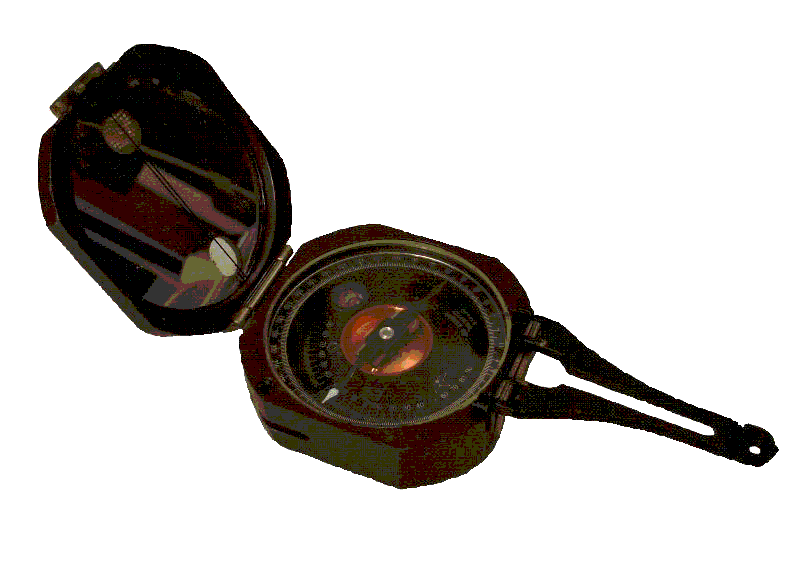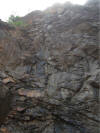Alternatives
-----------
-----------
-----------
-----------
-----------
-----------
Village of Baoma, Sierra Leone
NAVIGATION

|
Spring
Development The diorite
bedrock springs are groundwater discharge points that are fed by
groundwater flow in fractures.
While the water table is high (early in the dry season), the
hydraulic gradient (i.e., slope of the water table) is steep, and the
discharge at the springs is greater than late in the dry season.
It may be possible to prolong the discharge at the springs by
impounding water at the spring vents and artificially "backing up"
groundwater in fracture storage.
To the extent that
groundwater discharge is increased by leakage in the water systems,
fixing leaks in the distribution system will likely also prolong
discharge at the diorite bedrock springs further into the dry season. The Quarry Springs
should be developed similar to the development at the Habbour and Kamera
springs. Source Area
Protection Source area
protection is already in place at the Habbour Spring.
Source water protection measures should be developed soon for the
West Side Spring. Although
present land development is minimal, source water protection measures
should be identified for the Kamera and Motema springs. Distribution
System Improvements Standards (e.g.,
depth of burial, gravel bedding, armoring at high-traffic areas, etc.)
should be developed to ensure durable placement of water piping. Tapstands
should be developed in the south village area, perhaps from the System Storage System storage
should be developed for each spring source.
The system storage should be sized appropriately to capture one
day's flow at each, respective spring.
Storage at the respective shpings should be deisgned to limit
the spring discharge by managing the hydraulic head.
Water can be
conveyed to the existing tapstands by improved piping.
System storage should be provided at each tapstand in order to
meet peak demand. Flow into
system storage at the tapstands should be controlled by a passive,
level-sensing float valve so that excess water is left at the respective
spring catchment. Disinfection Chemical
disinfection should be made available to all villagers.
It would be beneficial to provide passive, gravity-operated
disinfectant dispensers at the tapstands.
Maintenance of the disinfectant dispensers could be provided as
in-kind service by qualified villagers.
Sources of funding for chemical disinfectant supplies should be
sought and/or locally developed. Fees and
Funding Villagers must be
educated on the importance of maintaining funding for the operation and
maintenance of the water systems.
Opportunities for in-kind labor or services by low-income
villagers should be developed.
One potential source for in-kind service would be non-manured
cultivation of food crops in the source water protection areas upslope
from the springs. New Source
Development Hydrophilic indicator vegetation; potato (left) and cassava (right) Some differences
in vegetation at spring and seep areas have been observed, and
vegetation may be useful in identifying candidate drive point locations.
Satellite photographs are presently being obtained to facilitate
remote-sensing analysis of potential drive point locations. Abandoned shot hole rig Quarry highwall seep The quarry source should
be developed. A good
approach to utilize this source effectively would be to construct
shallow collector trenches above the quarry highwall, convey the water
to system storage at the collector trench using hydraulic head to limit
the instantaneous discharge, then convey the water through well-placed
piping to tapstands in the south village. At this time other
alternatives seem more feasible than the development of the Motema
Spring(s), which now provide water to the
|





